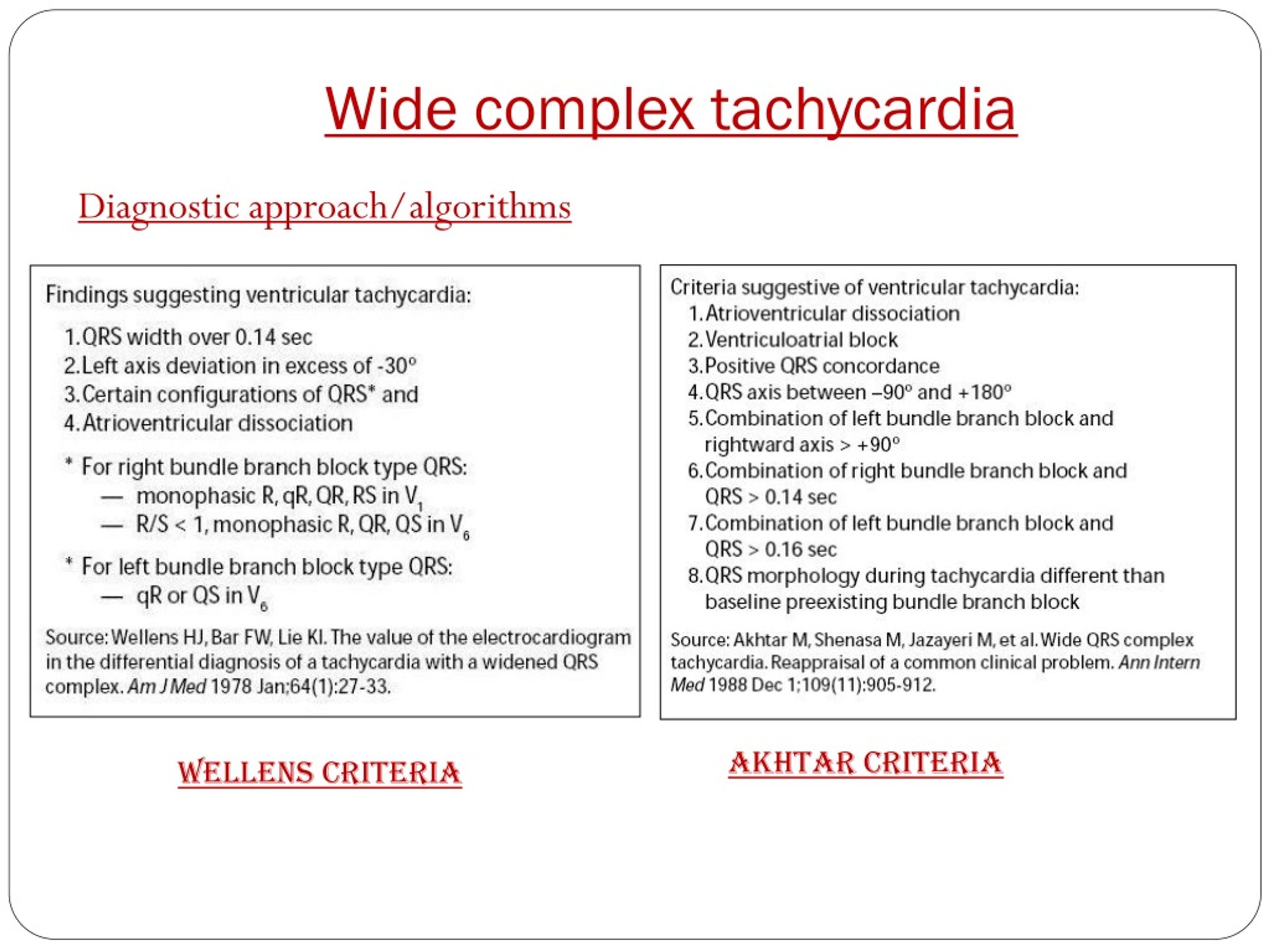

If the patient has no murmur and is completely asymptomatic from a cardiac point of view, that individual does not need further assessment. It is a decision which can only be made by the person who has ordered the electrocardiogram the cardiologist does not have sufficient knowledge of the patient to make a recommendation. The difficulty for cardiologists reading an electrocardiogram with conduction delay without seeing the patient is that it is tempting to label it as normal since the vast majority of the patients with this, in fact, have a normal heart, but since there is a small proportion who do have some abnormality, a decision on whether or not the person should be evaluated further depends on the reasons for the electrocardiogram. Measurement of baseline intervals, incremental and decremental pacing of the atria and ventricles with an additional pharmacologic challenge, mapping, and catheter.

Just look at each one and notice how many QRS complexes there are. An electrophysiology study is performed for the identification of arrhythmias and risk stratification of patients at risk of sudden cardiac death. This suggests that QRS morphological changes during tachycardia should be interpreted more cautiously in right-BBB type tachycardias. Patients with right-BBB had ECG changes during atrial pacing more frequently than those with other IVCD. A: On the Pretest at the AHA website, Look at each image carefully.Don’t try to over-observe. The type of IVCD was an independent predictor of ECG changes during atrial pacing. Finally, there are some individuals where conduction delay may represent conduction system disease, but this is very uncommon. Q: I can’t distinguish the sinus tachycardia example from the three re-entry SVT examples on the pre-test no matter how long I stare at the stripsthey look identical to me.Help please, and thanks. Sometimes medications can cause conduction delay because of indirect effects on the heart and generally that is considered safe. There are, however, some patients who have enlargement of the right heart as a cause for this, such as having an atrial septal defect resulting in enlargement of the right ventricle or perhaps partial anomalous pulmonary venous drainage of some of the pulmonary veins return to the right side instead of the left side. The most common cause of this is just being a normal variant, in other words, there is nothing wrong with the heart. In general, “ conduction delay ” refers to a slight widening of the QRS complex, especially in the right precordial leads (leads V1, V2, and V3) it is sometimes also called incomplete right bundle branch block.

Families and physicians often wonder what the terms“intraventricular conduction delay” (IVCD) or “incomplete right bundle branch block” (IRBBB) or “rsR’” on an electrocardiogram mean and what to do with the information.Įlectrocardiograms (abbreviated as “ECG” or “EKG”) are routinely done and best suited to the evaluation of heart rhythm, but we can sometimes infer potential heart disease or issues such as chamber enlargement or heart malformations from looking at the electrocardiogram, but the problem with this is that there are many false positives (that is, the EKG is abnormal but the patient’s heart is actually normal).


 0 kommentar(er)
0 kommentar(er)
